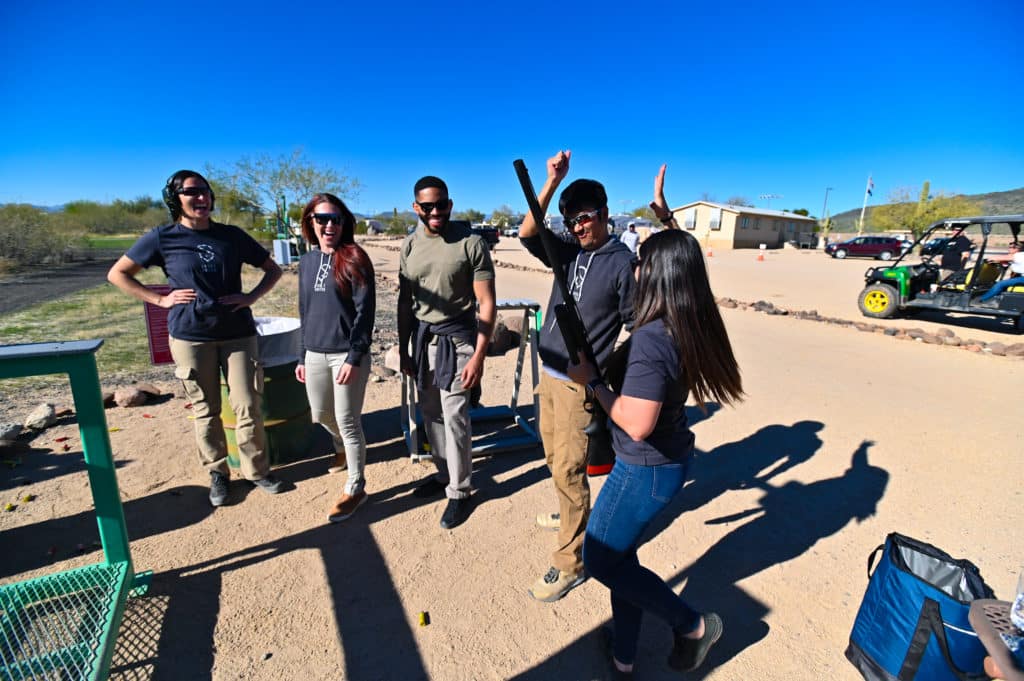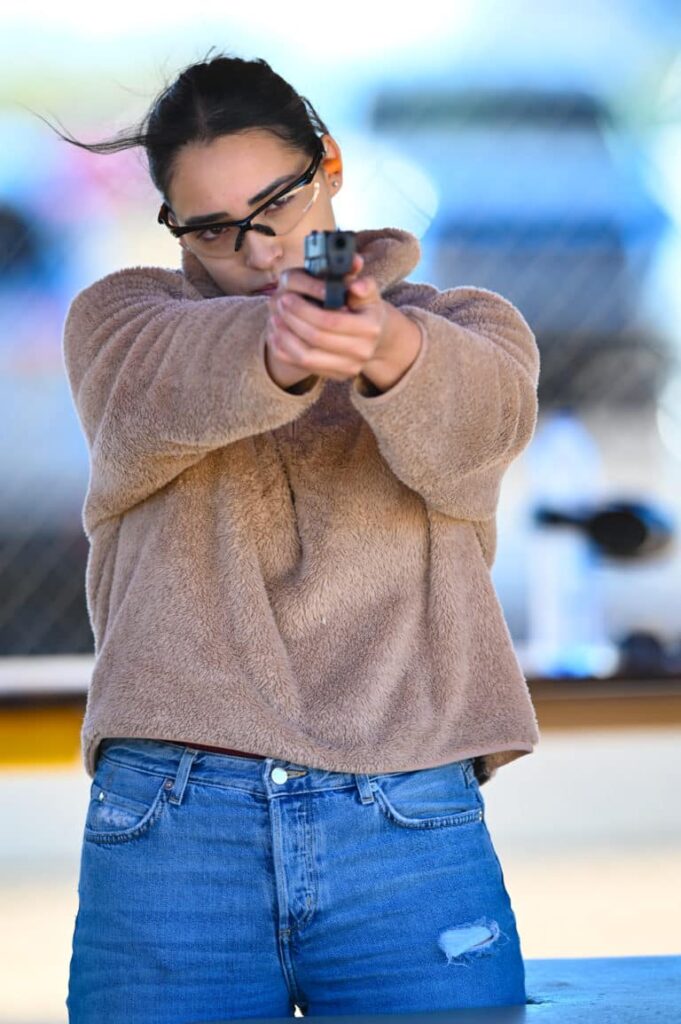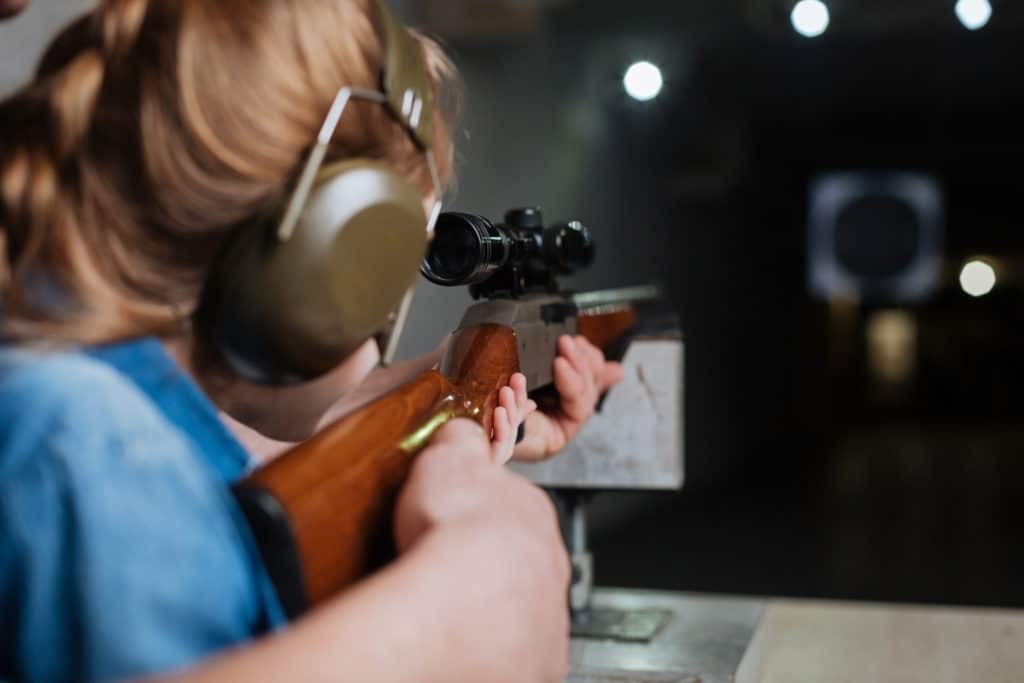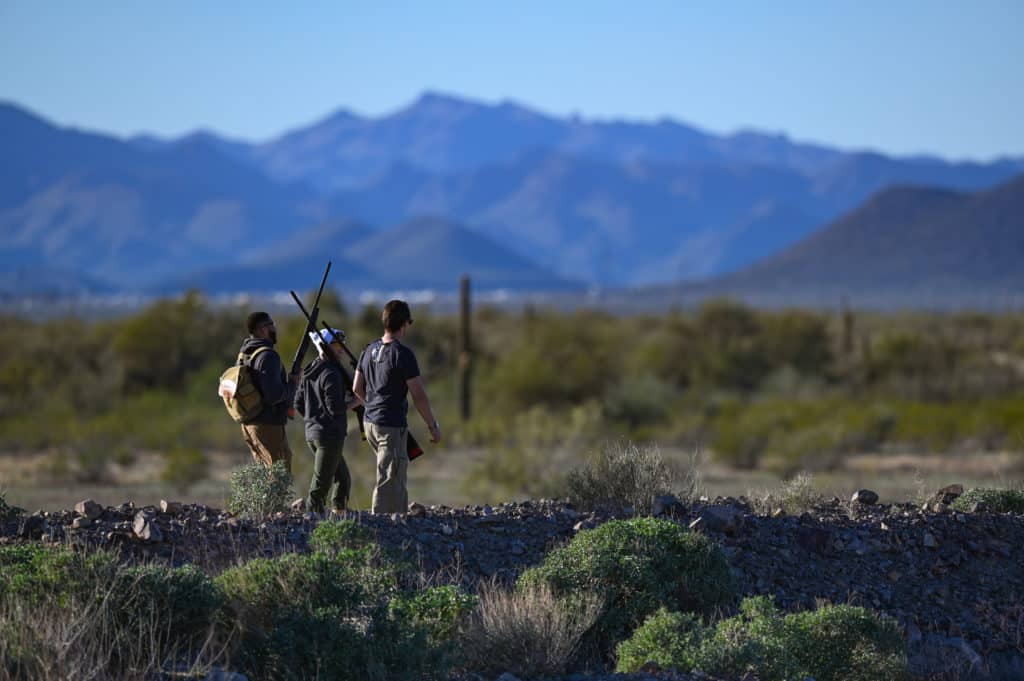
With millions of new firearm owners in the United States these days, more and more people are discovering the benefits of participating in shooting sports. Such benefits are both physical and mental, and, as is the case with most sporting activities, the extent is directly proportional to the frequency of shooting sports participation.
Some of the most popular shotgun shooting sports include trap, skeet, and sporting clays. Sporting clays can offer physical benefits due to the amount of walking done as the sporting clays course is navigated. It’s been called “golf with a shotgun,” and the amount of walking can range from a few hundred yards to more than a mile. Carrying a shotgun and a bag of shells, along with some water and snacks, adds to the workout. Most sporting clays courses are not strenuous to complete, and carts are often available for those as well. Participants stop along the path at shooting stations where shooters are presented with flying clay targets coming from various angles. Some courses also feature clay “rabbit” targets that bounce along the ground. Shooters must be both physically and mentally prepared as targets are engaged, which adds to the challenge and enjoyment of sporting clays.
Trap and skeet involve minimal amounts of walking but a good deal of mental preparation. A former pro shooter once told me all clay pigeon targets are missed by about six inches – the six inches between a shooter’s ears. His implication was that trap and skeet are as much about the mental state of participants as they are about the firearm, shells and physical abilities. If you look at the final scores of those taking part in trap and skeet, you’ll often see only one or two missed targets separating first from second place.
Handgun shooting sports primarily include recreational target shooting, pistol training, and competitions. Of these, shooting stationary targets at an indoor or outdoor range requires the least amount of physical exertion. The amount of exercise needed to complete a defensive pistol course depends on the kind of target engagements presented and can range from moderate to intense, but usually for a short duration.

Rifle shooting sports include target shooting and hybrid activities such as the biathlon, which combines target shooting with cross-country skiing. Target shooting with a rifle can range from short-distance stationary targets and plinking to long-distance rifle contests engaging targets more than a half-mile away. Plinking is taking a walk, typically with an air rifle or small-caliber rimfire firearm, and shooting at targets of opportunity such as pinecones, stumps, and forest floor debris. It’s great fun and excellent exercise, and it also sharpens marksmanship skills for upcoming hunting seasons when done during the spring and summer. Long-distance contests are very popular and often involve shooting from a range of positions such as standing, kneeling, and prone. As is the case with hunting with a handgun, rifle hunts offer moderate to intense physical exercise opportunities that largely depend on the terrain hunted on.

Three-gun shooting contests involve participants moving swiftly through a course of targets presented at various ranges during which targets are engaged with a rifle, pistol, and shotgun. These contests are also increasing in popularity and do require short-duration physical exertion. Though the sport draws many new participants each year, those who take part have usually been shooting firearms for some time before taking part because the sport requires participants to have a shotgun, pistol, and rifle to take part, which is a considerable investment.
Cowboy action shooting is exciting to watch and take part in. Participants use lever-action rifles, double-barrel or pump-action shotguns, and single-action revolvers to engage Old West-themed targets. There are even some contests that involve shooting from horseback.
While the amount of physical exercise required to take part in shooting sports varies considerably depending on the game, all offer an opportunity to improve hand-eye coordination and mental acuity. Shooting at targets involves a great deal of computing in the shooter’s mind that’s done instinctively as experience is gained. The eyes calculate the range to the target, the brain factors in wind drift, bullet drop, or shot pattern, the memory runs through safety by checking the background behind the target, and peripheral vision looks for anyone or anything moving into the zone of fire. And all this is done in milliseconds, becoming second nature over time.
Success in shooting sports builds confidence, allowing participants to set new goals and take on new challenges as they progress. These may include shooting at longer ranges or smaller and faster targets. Because many shooting sports involve teams or squads, they’re an excellent opportunity to meet people and make new friends who have similar interests. And shooting organizations such as the American Trapshooting Association (ATA), International Defensive Pistol Association (IDPA), United States Practical Shooting Association (USPSA), National Sporting Clays Association, and National Skeet Shooting Association are but a few of the many groups that hold and sponsor events around the country, giving shooters the opportunity to travel and take part in as many as they like.

Shooting sports provide physical, mental, and social benefits to participants, and they also help the environment. Special taxes paid when firearms and ammunition are purchased have funded billions of dollars worth of conservation programs and wildlife habitat projects across America. Shoot United hopes you’ll take advantage of the many great things shooting sports provide to participants and have fun doing so.


